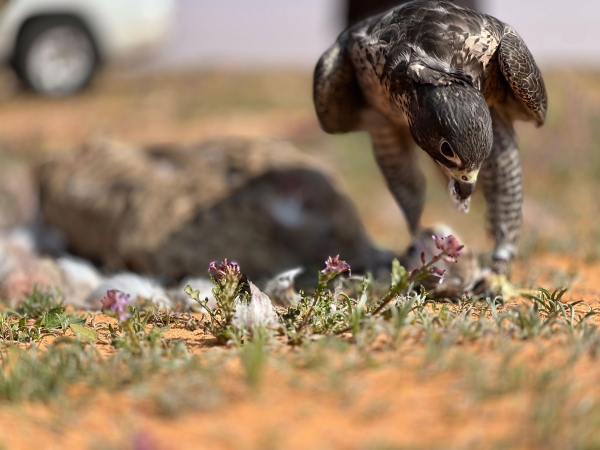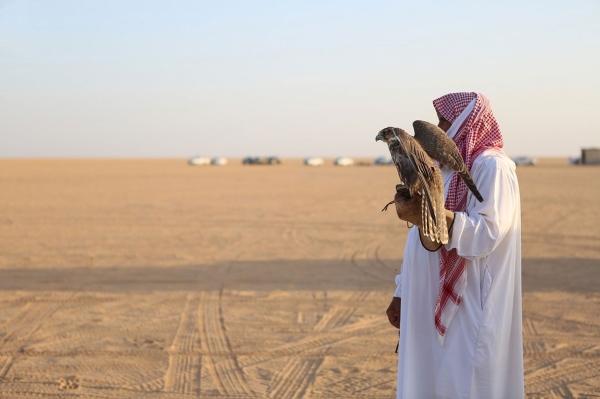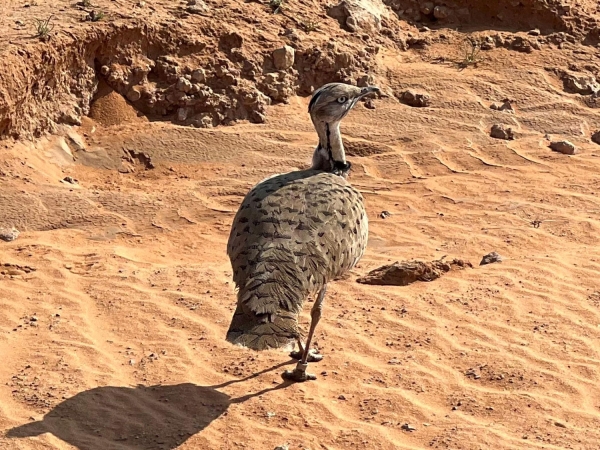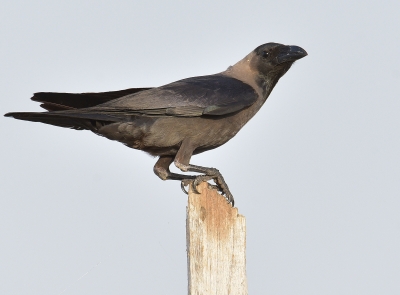



Sustainable Wild Hunting Reserves in the Kingdom of Saudi Arabia are fenced sites with defined entrances and exits within which wild hunting is allowed by virtue of a license from the National Center for Wildlife (NCW). These reserves operate under regulations and standards established by the center to ensure sustainable hunting while preserving biodiversity and environmental balance, and considering best regional and international practices.
Objectives of establishing the sustainable wild hunting reserves in Saudi Arabia
Hunters in Saudi Arabia show interest in the concept of wild hunting reserves. However, unregulated hunting practices lead to the local extinction of various local mammals and game birds in Saudi Arabia, particularly larger species. The objectives of these reserves include:
- Mitigating the impact of hunting on wildlife in natural areas.
- Implementing best practices for wild hunting in Saudi Arabia.
- Promoting hunting ethics among hunters.
- Helping to enhance populations of declining local mammals and birds, especially larger species.
- Boosting investment opportunities in wildlife and sustainable eco-tourism.
Types of hunting and activities in the wild hunting reserves
- Falconry hunting areas, targeting chlamydotis, the cream-coloured courser, and curlews.
- Hunting areas for hunting dogs, targeting hares, jerboas, and uromastyx.
- Professional hunting areas, targeting Arabian oryx, sand gazelles, mountain gazelles, and Nubian ibex.
-Multi-method hunting areas, where small animals and houbara bustards are hunted.
- Eco-tourism areas within the hunting reserves, where activities such as camping, stargazing, wilderness enjoyment, hiking, and wildlife observation are practiced.
Prohibited areas for establishing hunting reserves
Hunting reserves are prohibited from being established in specific sites; namely: within the two Holy Mosques, within cities and villages, within heritage sites, within wetlands and a radius of two km therefrom, within all declared protected areas unless otherwise specified in a license, within all vegetation cover lands unless otherwise specified in a license, land border areas, main and side roads and within a distance of twenty km therefrom, beach premises, and shoreline of all the Kingdom’s coasts and at a width of twenty km therefrom. Additionally, the use or leasing of farms, rest houses, and private properties for hunting purposes is prohibited.
North Reserve for Sustainable Hunting
Established in 2022, the North Reserve for Sustainable Hunting spans an area of two thousand km². It is the only reserve in Saudi Arabia where hunting is permitted using firearms, falcons, and hunting dogs (Saluki). The reserve also organizes hunting programs and features accommodations for visitors. Hunting activities are practiced in the reserve with a controlled number of participants without harming wildlife. It aims to reduce illegal hunting by offering sustainable alternatives, minimize the impact on wild animals in their natural habitats, and revive traditional heritage.
The reserve is a pastoral area with a wealth of wildlife, including acacia and Ziziphus spina-christi trees, and features abundant water bodies. Its location lies along the migratory route of the Chlamydotis and other wildlife species that find a safe haven within its boundaries. The reserve features diverse terrains, making it an ideal destination for hunting enthusiasts. It includes several valleys, such as Shuaib al-Kharsh, Shuaib Qobaa, and al-Nufud sand dunes (including Irq al-Lubaid and Lubaydeen, Faydat Umm al-Sheeh, and the Mataiyah area), which are suitable for the Chlamydotis hunting experience.
Related quizzes
Related articles

